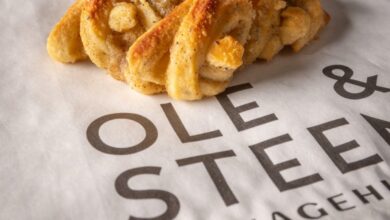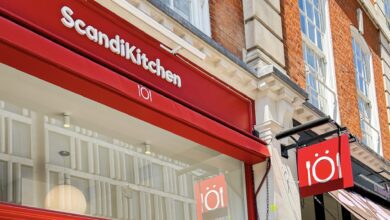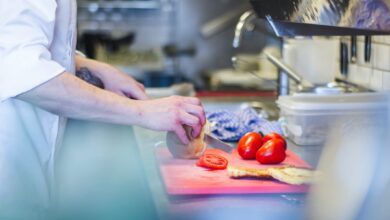Local food suppliers and their consumer-driven industry
Harvey Lockwood, head chef at Murrays, is joined by Craig Rose, estate executive chef at Whittlebury Park in discussing local produce, supply chains, and the future of the UK’s food industry

Recent months have seen the UK’s supply chains across all sectors hit from two sides at once. The UK’s food industry is one of those sectors where the combined challenge of Brexit and Covid-19 is most prevalent.







